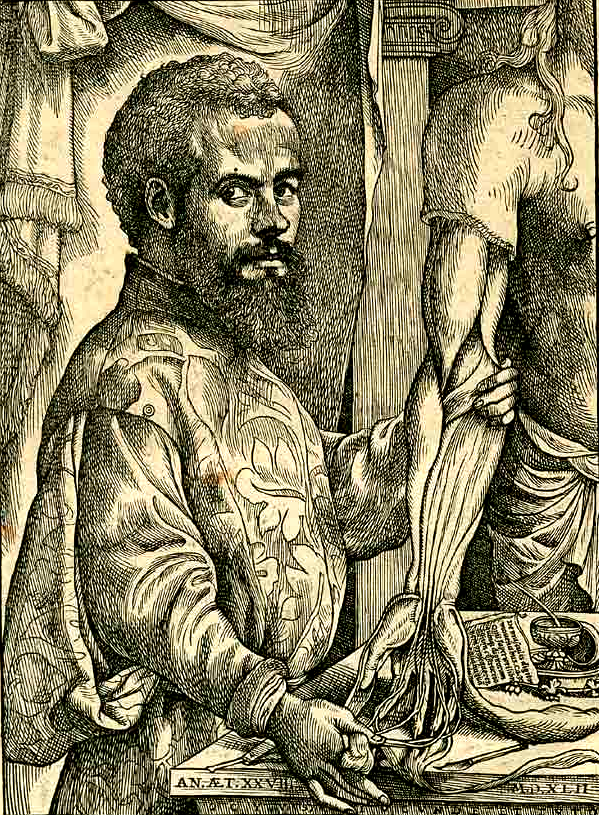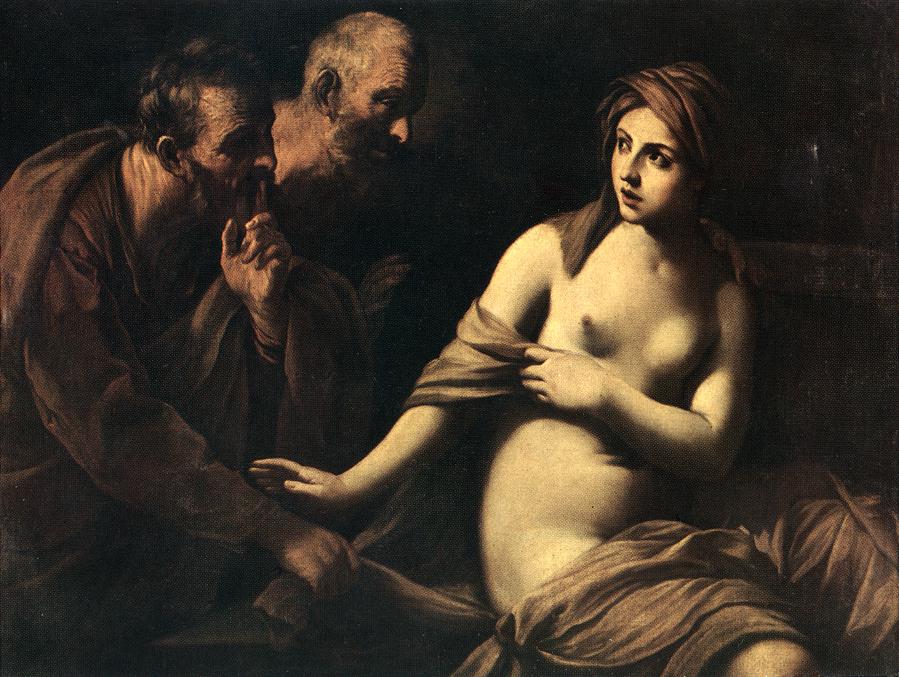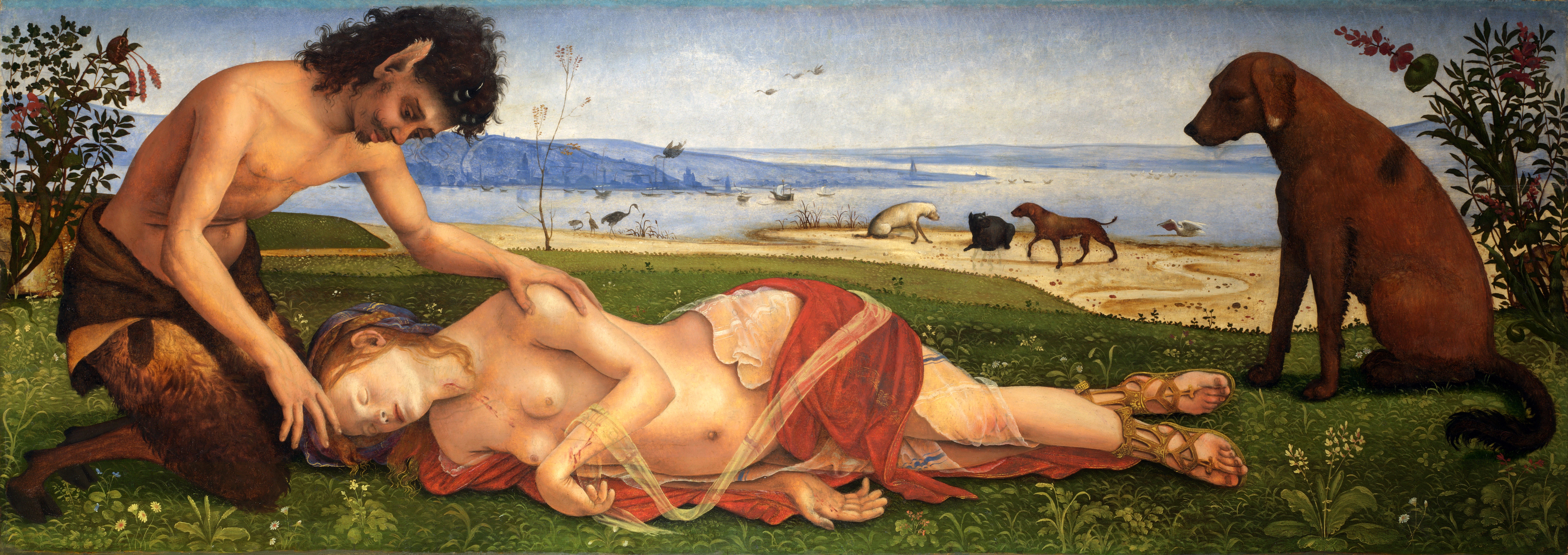|
San Gallo Annunciation
The San Gallo Annunciation is an oil on panel painting by Andrea del Sarto, executed ''c.'' 1513–1514, now in the Palatine Gallery in Florence. It was the middle of three works the artist produced for the Augustinian monastery the Church of San Gallo in Florence, between '' Noli me tangere'' and ''The Disputation on the Trinity'', as recorded in the Anonimo Magliabechiano manuscript and in Vasari's ''Lives of the Artists''. When Florence was besieged, that monastery's goods were moved to San Jacopo tra i Fossi within the city walls and its buildings razed in 1531 by Charles V's troops. The monastery rebuilt all its chapels at its new site in their former form. About a third of the painting was submerged in the 1557 flood, probably leading to the loss of the predella, though in 1986 (Serena?) Padovani theorised that that predella wholly or partly survived and is now divided up between the National Gallery of Ireland and Warwick Castle. Stylistically its monumental figures show ... [...More Info...] [...Related Items...] OR: [Wikipedia] [Google] [Baidu] |
Andrea Del Sarto - The Annunciation - WGA00359
Andrea is a given name which is common worldwide for both males and females, cognate to Andreas, Andrej and Andrew. Origin of the name The name derives from the Greek word ἀνήρ (''anēr''), genitive ἀνδρός (''andrós''), that refers to man as opposed to woman (whereas ''man'' in the sense of ''human being'' is ἄνθρωπος, ''ánthropos''). The original male Greek name, ''Andréas'', represents the hypocoristic, with endearment functions, of male Greek names composed with the ''andr-'' prefix, like Androgeos (''man of the earth''), Androcles (''man of glory''), Andronikos (''man of victory''). In the year 2006, it was the third most popular name in Italy with 3.1% of newborns. It is one of the Italian male names ending in ''a'', with others being Elia (Elias), Enea (Aeneas), Luca (Lucas), Mattia (Matthias), Nicola (Nicholas), Tobia (Tobias). In recent and past times it has also been used on occasion as a female name in Italy and in Spain, where it is consid ... [...More Info...] [...Related Items...] OR: [Wikipedia] [Google] [Baidu] |
Warwick Castle
Warwick Castle is a medieval castle developed from a wooden fort, originally built by William the Conqueror during 1068. Warwick is the county town of Warwickshire, England, situated on a meander of the River Avon. The original wooden motte-and-bailey castle was rebuilt in stone during the 12th century. During the Hundred Years War, the facade opposite the town was refortified, resulting in one of the most recognisable examples of 14th-century military architecture. It was used as a stronghold until the early 17th century, when it was granted to Sir Fulke Greville by James I in 1604. Greville converted it to a country house, and it was owned by the Greville family (who became Earls of Warwick in 1759) until 1978, when it was bought by the Tussauds Group. In 2007, the Tussauds Group was purchased by the Blackstone Group, which merged it with Merlin Entertainments. Warwick Castle was then sold to Nick Leslau's investment firm, Prestbury Group, under a sale and leaseback agreem ... [...More Info...] [...Related Items...] OR: [Wikipedia] [Google] [Baidu] |
Paintings By Andrea Del Sarto
Painting is the practice of applying paint, pigment, color or other medium to a solid surface (called the "matrix" or "support"). The medium is commonly applied to the base with a brush, but other implements, such as knives, sponges, and airbrushes, can be used. In art, the term ''painting ''describes both the act and the result of the action (the final work is called "a painting"). The support for paintings includes such surfaces as walls, paper, canvas, wood, glass, lacquer, pottery, leaf, copper and concrete, and the painting may incorporate multiple other materials, including sand, clay, paper, plaster, gold leaf, and even whole objects. Painting is an important form in the visual arts, bringing in elements such as drawing, composition, gesture (as in gestural painting), narration (as in narrative art), and abstraction (as in abstract art). Paintings can be naturalistic and representational (as in still life and landscape painting), photographic, abstract, narrative, sy ... [...More Info...] [...Related Items...] OR: [Wikipedia] [Google] [Baidu] |
1514 Paintings
Year 1514 ( MDXIV) was a common year starting on Sunday (link will display the full calendar) of the Julian calendar. Events January–June * January 10 – A great fire breaks out, in the Rialto of Venice. * March 12 – A huge exotic embassy sent by King Manuel I of Portugal to Pope Leo X arrives in Rome, including Hanno, an Indian elephant. * March – Louis XII of France makes peace with Maximilian I, Holy Roman Emperor. * May 2 – The Poor Conrad peasant revolt against Ulrich, Duke of Württemberg begins in Beutelsbach. * May 15 – The earliest printed edition of Saxo Grammaticus' 12th century Scandinavian history ''Gesta Danorum'', edited by Christiern Pedersen from an original found near Lund, is published as ''Danorum Regum heroumque Historiae'', by Jodocus Badius in Paris. * June 13 – ''Henry Grace à Dieu'', at over 1,000 tons the largest warship in the world at this time, built at the new Woolwich Dockyard in England, is dedicat ... [...More Info...] [...Related Items...] OR: [Wikipedia] [Google] [Baidu] |
Bathsheba
Bathsheba ( or ; he, בַּת־שֶׁבַע, ''Baṯ-šeḇaʿ'', Bat-Sheva or Batsheva, "daughter of Sheba" or "daughter of the oath") was the wife of Uriah the Hittite and later of David, according to the Hebrew Bible. She was the mother of Solomon, who succeeded David as king, making her the Gebirah (Queen mother). She is best known for the Biblical narrative in which she was summoned by King David, who had seen her bathing and lusted after her. Biblical narrative Bathsheba was the daughter of Eliam (, Ammiel in ). An Eliam is mentioned in as the son of Ahithophel, who is described as the Gilonite. Bathsheba was the wife of Uriah the Hittite. David's first interactions with Bathsheba are described in , and are omitted in the Books of Chronicles. David, while walking on the roof of his palace, saw a very beautiful woman bathing. He ordered enquiries and found out that she was Bathsheba, wife of Uriah. He desired her and later made her pregnant. David and Diana Garland ... [...More Info...] [...Related Items...] OR: [Wikipedia] [Google] [Baidu] |
David
David (; , "beloved one") (traditional spelling), , ''Dāwūd''; grc-koi, Δαυΐδ, Dauíd; la, Davidus, David; gez , ዳዊት, ''Dawit''; xcl, Դաւիթ, ''Dawitʿ''; cu, Давíдъ, ''Davidŭ''; possibly meaning "beloved one". was, according to the Hebrew Bible, the third king of the United Kingdom of Israel. In the Books of Samuel, he is described as a young shepherd and harpist who gains fame by slaying Goliath, a champion of the Philistines, in southern Canaan. David becomes a favourite of Saul, the first king of Israel; he also forges a notably close friendship with Jonathan, a son of Saul. However, under the paranoia that David is seeking to usurp the throne, Saul attempts to kill David, forcing the latter to go into hiding and effectively operate as a fugitive for several years. After Saul and Jonathan are both killed in battle against the Philistines, a 30-year-old David is anointed king over all of Israel and Judah. Following his rise to power, David ... [...More Info...] [...Related Items...] OR: [Wikipedia] [Google] [Baidu] |
Susannah And The Elders
Susanna (; : "lily"), also called Susanna and the Elders, is a narrative included in the Book of Daniel (as chapter 13) by the Catholic Church, Oriental Orthodox Churches and Eastern Orthodox Churches. It is one of the additions to Daniel, placed in the Apocrypha by Protestants, with Anabaptists, Lutherans, Anglicans and Methodists regarding it as non-canonical but useful for purposes of edification. The text is not included in the Jewish Tanakh and is not mentioned in early Jewish literature, although it does appear to have been part of the original Septuagint from the 2nd century BC, and was revised by Theodotion, a Hellenistic Jewish redactor of the Septuagint text ( 150 AD). Summary A fair Hebrew wife named Susanna was falsely accused by lecherous voyeurs. As she bathes in her garden, having sent her attendants away, two elders, having previously said goodbye to each other, bump into each other again when they spy on her bathing. The two men realize they both lust for Su ... [...More Info...] [...Related Items...] OR: [Wikipedia] [Google] [Baidu] |
Piero Di Cosimo
Piero di Cosimo (2 January 1462 – 12 April 1522), also known as Piero di Lorenzo, was an Italian painter of the Renaissance. He is most famous for the mythological and allegorical subjects he painted in the late Quattrocento; he is said to have abandoned these to return to religious subjects under the influence of Savonarola, the preacher who exercised a huge sway in Florence in the 1490s, and had a similar effect on Botticelli. The High Renaissance style of the new century had little influence on him, and he retained the straightforward realism of his figures, which combines with an often whimsical treatment of his subjects to create the distinctive mood of his works. Vasari has many stories of his eccentricity, and the mythological subjects have an individual and quirky fascination. He trained under Cosimo Rosselli, whose daughter he married, and assisted him in his Sistine Chapel frescos. He was also influenced by Early Netherlandish painting, and busy landscapes feat ... [...More Info...] [...Related Items...] OR: [Wikipedia] [Google] [Baidu] |
Leonardo Da Vinci
Leonardo di ser Piero da Vinci (15 April 14522 May 1519) was an Italian polymath of the High Renaissance who was active as a painter, Drawing, draughtsman, engineer, scientist, theorist, sculptor, and architect. While his fame initially rested on his achievements as a painter, he also became known for #Journals and notes, his notebooks, in which he made drawings and notes on a variety of subjects, including anatomy, astronomy, botany, cartography, painting, and paleontology. Leonardo is widely regarded to have been a genius who epitomized the Renaissance humanism, Renaissance humanist ideal, and his List of works by Leonardo da Vinci, collective works comprise a contribution to later generations of artists matched only by that of his younger contemporary, Michelangelo. Born Legitimacy (family law), out of wedlock to a successful Civil law notary, notary and a lower-class woman in, or near, Vinci, Tuscany, Vinci, he was educated in Florence by the Italian painter and sculptor ... [...More Info...] [...Related Items...] OR: [Wikipedia] [Google] [Baidu] |
Fra Bartolomeo
Fra Bartolomeo or Bartolommeo (, , ; 28 March 1472 – 31 October 1517), also known as Bartolommeo di Pagholo, Bartolommeo di S. Marco, and his original nickname Baccio della Porta, was an Italian Renaissance painter of religious subjects. He spent all his career in Florence until his mid-forties, when he travelled to work in various cities, as far south as Rome. He trained with Cosimo Rosselli and in the 1490s fell under the influence of Savonarola, which led him to become a Dominican friar in 1500, renouncing painting for several years. Typically his paintings are of static groups of figures in subjects such as the Virgin and Child with Saints. He was instructed to resume painting for the benefit of his order in 1504, and then developed an idealized High Renaissance style, seen in his ''Vision of St Bernard'' of that year, now in poor condition but whose "figures and drapery move with a seraphic grace that must have struck the young Raphael with the force of revelation ... [...More Info...] [...Related Items...] OR: [Wikipedia] [Google] [Baidu] |
National Gallery Of Ireland
The National Gallery of Ireland ( ga, Gailearaí Náisiúnta na hÉireann) houses the national collection of Irish and European art. It is located in the centre of Dublin with one entrance on Merrion Square, beside Leinster House, and another on Clare Street. It was founded in 1854 and opened its doors ten years later. The gallery has an extensive, representative collection of Irish paintings and is also notable for its Italian Baroque and Dutch masters painting. The current director is Caroline Campbell. History In 1853 an exhibition, the Great Industrial Exhibition, was held on the lawns of Leinster House in Dublin. Among the most popular exhibits was a substantial display of works of art organised and underwritten by the railway magnate William Dargan. The enthusiasm of the visiting crowds demonstrated a public for art, and it was decided to establish a permanent public art collection as a lasting monument of gratitude to Dargan. The moving spirit behind the proposal was th ... [...More Info...] [...Related Items...] OR: [Wikipedia] [Google] [Baidu] |








.jpg)
